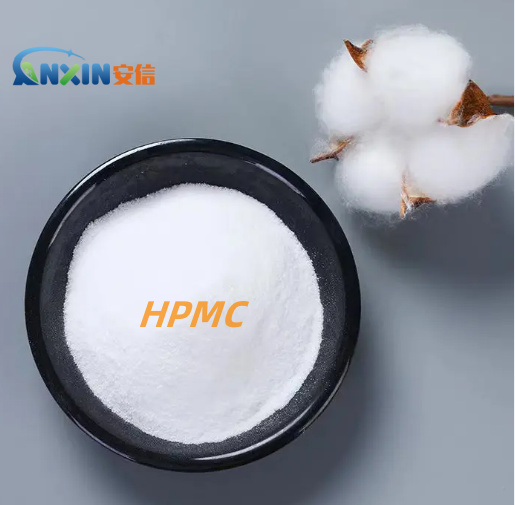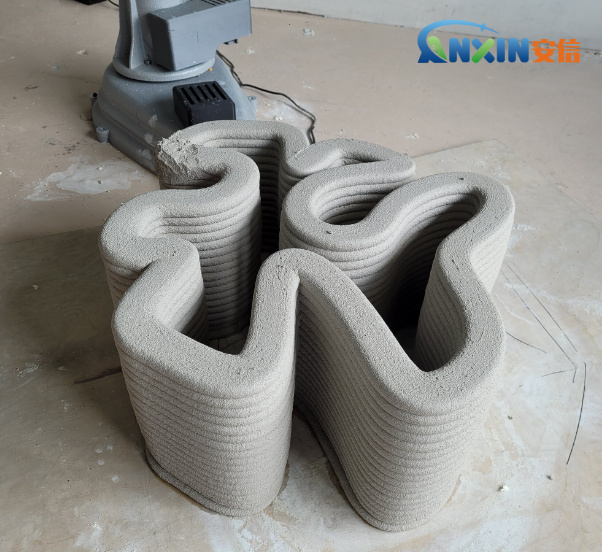Hydroxypropyl Methylcellulose (HPMC) is a non-ionic cellulose ether widely used in building materials, especially in cement mortar. It plays an important role in regulating the performance of mortar due to its good water retention, thickening, lubricity and film-forming properties. However, although the addition of HPMC can improve the construction performance of mortar, it will also have a certain impact on the strength of cement mortar.

1. Basic properties and mechanism of action of HPMC
HPMC is a water-soluble polymer material prepared by chemically introducing methyl and hydroxypropyl groups into natural cellulose. Its molecular structure contains a large number of hydrophilic groups, which makes it form a colloidal solution in water and has strong thickening and water retention capabilities.
In cement mortar, HPMC mainly plays the following roles:
Water retention: HPMC can significantly reduce the water loss in mortar, delay cement hydration reaction, and provide sufficient time for cement hydration.
Improve workability: Improve construction operation performance by improving the adhesion and fluidity of mortar.
Retarding effect: HPMC has a certain delaying effect on the hydration process of cement because it hinders the rapid diffusion of water.
Film-forming effect: A thin film is formed during the drying process to improve the crack resistance and flexibility of the mortar.
2. Effect of HPMC on mortar strength
Although the introduction of HPMC improves the construction performance of the mortar, it has a certain negative impact on the mechanical strength of the mortar (especially the compressive strength and flexural strength). It is mainly reflected in the following aspects:
Delaying hydration reaction: Although the water retention effect of HPMC is conducive to the full hydration of cement in the early stage, its wrapping on the surface of cement particles will hinder the further penetration of water, thereby delaying the cement hydration rate and resulting in slow early strength development.
Formation of bubbles: HPMC is easy to introduce air during the mixing process, resulting in a large number of microbubbles formed inside the mortar. These gaps become micropores after hardening, weakening the density and strength of the mortar.
Influence on water-binder ratio: HPMC will affect the fluidity of cement paste when it absorbs water. In order to achieve the ideal fluidity during construction, more water may need to be added, thereby increasing the water-binder ratio and reducing the final strength.
Influence on the structure of cement hydration products: HPMC may interact with some hydration products during the hydration process, changing their crystal morphology and spatial distribution, thereby affecting the mechanical properties.

3. The influence of HPMC dosage on strength
The influence of HPMC on the strength of cement mortar shows a certain regularity:
Low dosage (<0.1%): little effect on strength, mainly improving water retention and workability;
Medium dosage (0.1%~0.3%): construction performance is significantly improved, but strength begins to decline;
High dosage (>0.3%): strength is significantly reduced, especially the early strength is significantly reduced, which may be detrimental to the early construction progress.
Reasonable control of the amount of HPMC added is the key to maintaining mortar strength while ensuring construction performance.
4. Optimization suggestions
In order to balance the relationship between construction performance and mechanical properties, optimization can be carried out from the following aspects:
Optimize the dosage: Determine the optimal HPMC dosage through experiments to ensure construction performance and minimize the adverse effects on strength.
Compound admixtures: Use admixtures that can improve strength, such as silica fume, fly ash and other mineral admixtures, to improve the density of mortar.
Select HPMC products with appropriate viscosity: HPMC of different viscosity grades has different effects on mortar performance. Too high viscosity may aggravate bubble formation, and moderate viscosity is more conducive to overall performance balance.
Control the water-cement ratio during construction: Try to reduce the additional water used due to fluidity requirements to avoid excessive water-cement ratio affecting strength.
HPMC has significant advantages in improving the construction performance of cement mortar, but its negative impact on mortar strength, especially early strength, cannot be ignored. Reasonable use of HPMC, control of its dosage, and combination with other optimization measures can ensure that the structural strength meets engineering requirements while improving construction efficiency. Future research can further explore the synergistic mechanism of HPMC and other admixtures to provide more scientific guidance for its application in building materials.
Post time: May-07-2025